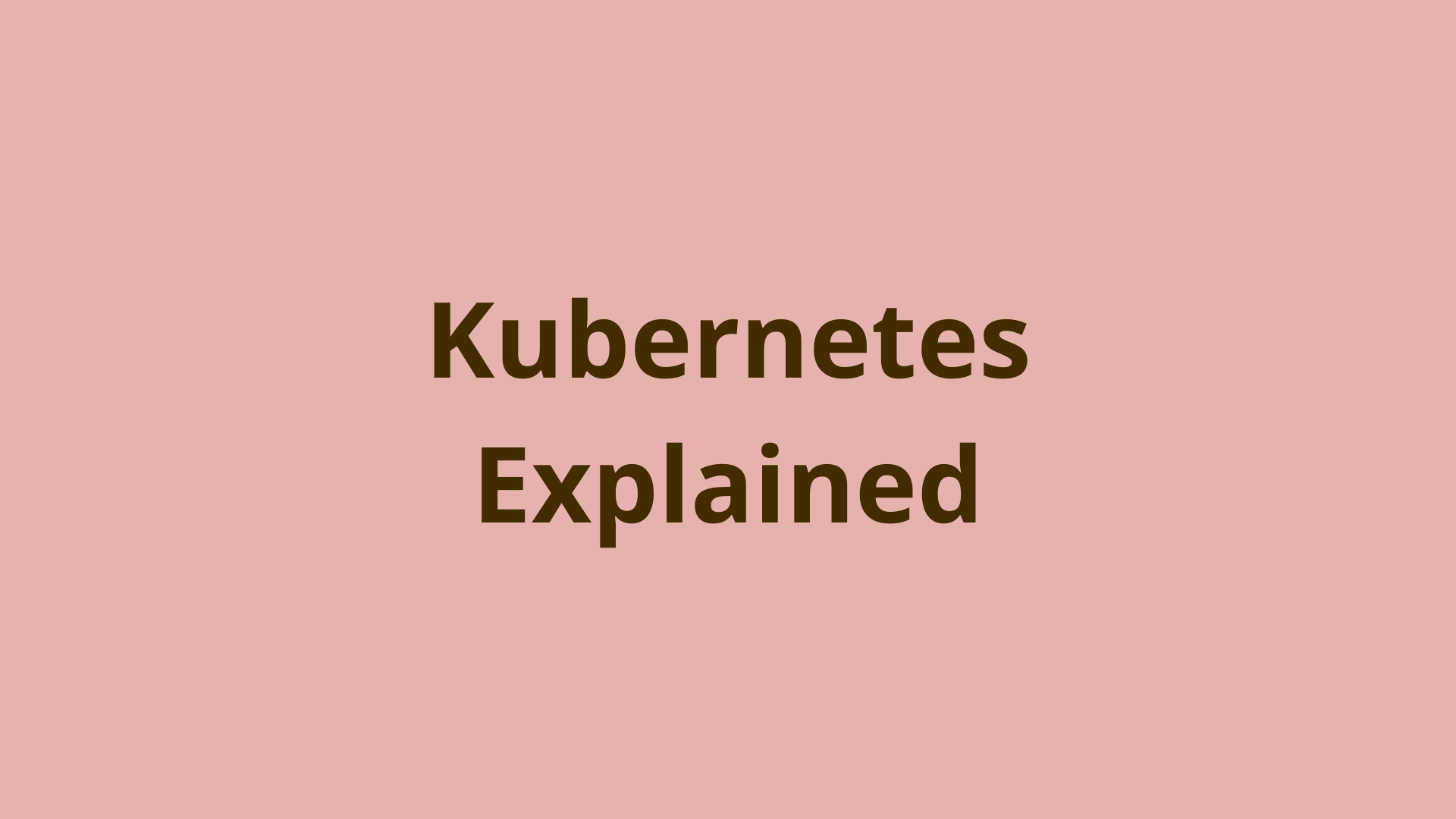

- #Best crash course on docker and kubernetes for free#
- #Best crash course on docker and kubernetes how to#

#Best crash course on docker and kubernetes for free#
Visit us at 🤍Ĭhoose over 300 in-demand skills and get access to 1000+ hours of video content for FREE in various technologies like Data Science, Cybersecurity, Project Management & Leadership, Digital Marketing, and much more.īelow topics are explained in this Docker tutorial: Start learning today's most in-demand skills for FREE.
#Best crash course on docker and kubernetes how to#
Now, let us get started and understand Docker platform and how learn how to create and use containers. Every virtual machine used to be the base of our application but now with the advent of Docker and containerization technologies each application is run in a container like logical space. Until now we have been running applications on virtual machines. A container is a software package that consists of all the dependencies required to run an application. Docker is a tool which is used to automate the deployment of the application in lightweight containers so that applications can work efficiently in different environments. This Docker tutorial will help you understand DevOps tools, what is Docker, how does a Docker work and components of Docker. 🔥 Enrol for FREE DevOps Course & Get your Completion Certificate: 🤍

To keep all the intermediary containers together and delete them at once, you can employ Docker-in-Docker (dind) solution. But these home-made solutions often come with a gotcha they are error prone and accidentally you can delete conteiner wihci wsn't supposed to be deleted with all its data. When you need to perform these operations quite often and especially when you need to clean up not everything, but only some images and containers linked with some other one, you might think about coming up with some scritable solution. To acheive this goal, developers used to manually or by scripting clean all the garbage with docker image purge -a and docker container purge. Often, the necessity to keep all the generated files and intermediary containers in one single place and clean the cache every time the parent container was stopped. Nowadays, containerised solutions are extremely widespread and Docker has firmly occupied the leader place among them.


 0 kommentar(er)
0 kommentar(er)
